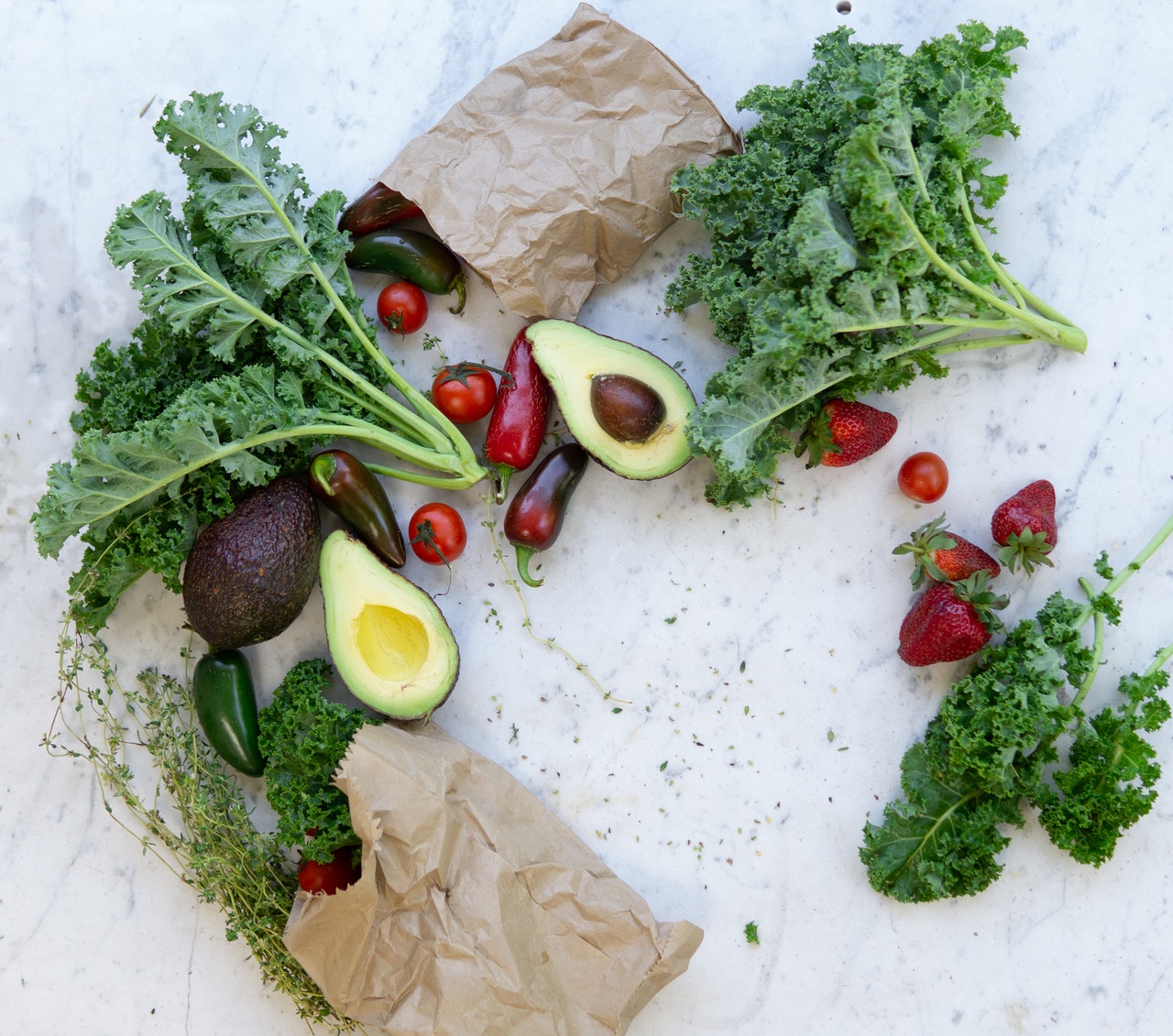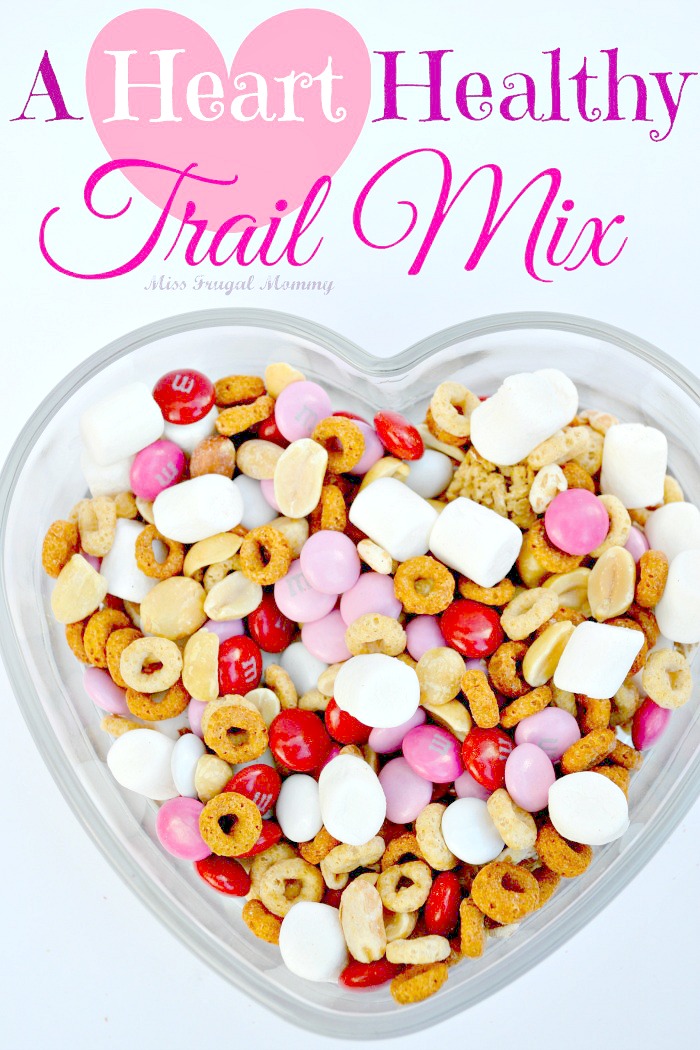7 Tips for Buying and Storing Fresh Fruits and Vegetables
Fruits and vegetables are essential parts of a healthy diet. Indeed, everyone needs to eat more produce. Doing so not is not only healthier, but also better for the planet.
However, not everyone is an expert at buying and storing fruits and vegetables. As a result, a lot of the produce ends up going to waste. Luckily, buying and storing produce is not rocket science. Check out the tips below and change the way you purchase and keep fruits and vegetables.
Buy Your Produce Online
Some people are hesitant to do their grocery shopping online, especially for fruits and vegetables. They feel more comfortable when they get to see, touch, and smell what they’re buying. However, how many of us really know how to tell whether the fruits and vegetables are really fresh? Sometimes, we end up guessing. To eliminate the guesswork, it’s best to buy fruits and vegetables online and let the experienced grocers choose for you. Don’t worry too much about getting overripe, wilted, or spoiled products. Indeed, online supermarkets have more incentive to ensure the freshness of your fruits and vegetables. That’s because they want you to make a repeat purchase. You certainly won’t buy again if you get bad service, right?
Of course, when you buy fruits and vegetables online, you also enjoy other benefits. These include comfort, time savings, and convenience. There are also online supermarkets that offer rewards when you buy from them often.
Don’t Over-Buy
Different fruits and vegetables have different shelf lives. There are some that can last for 3 weeks or more, like some root vegetables. Most of the time, however, produce is only good for about 4 to 7 days. Don’t over-buy to prevent any wastage. As much as possible, buy only those that you will cook or eat within the next 2 to 3 days. If you happen to buy too much, consider canning, freezing, or any other method of preservation.
Don’t Use Airtight Bags
You might think that you can lengthen the shelf life of fruits and vegetables by storing them in airtight bags. However, the opposite is actually true. Airtight bags speed up, not slow down, decay. There are certain ways to store produce to help extend their freshness, but airtight bags is not one of them.
Wrap Leafy Greens
Leafy greens have some of the shortest shelf lives among vegetables: about 1 to 2 days after purchase. Consume them early not only for the best taste, but also for maximum nutrients. If you have to store leafy greens, wrap the unwashed leaves using paper towels or even old newspapers. These materials will absorb excess moisture and prevent the leaves from rotting quickly. If there are any rotten leaves, remove them first before storage. Moreover, make sure to wrap different leafy green varieties separately.
Give Leafy Greens an Ice Bath
Did you forget to store your leafy greens immediately after purchase? They might look a little wilted. Give them a quick ice bath to refresh and revive them. Placing the leafy greens in a large bowl of ice water for about 1 to 2 minutes will do the trick. Make sure to shake off the excess water, then wrap them accordingly (see the tip above) for storage. You can also give leafy greens an ice bath before eating them to restore crispness.
Know Which Fruits and Veggies to Refrigerate
Not all fruits and vegetables should be kept in the refrigerator. For example, root vegetables like carrots and potatoes should be stored in a cool, dry place, away from sunlight. Kept this way, root vegetables can last up to a month. Tomatoes should also be stored outside the fridge. The cold temperature saps the flavor and also affects the texture. To store tomatoes, simply put them in a paper-lined container with the stem-side up. Keep them away from direct sunlight as well.
Meanwhile, bananas can be kept in the fridge. Once they are ripe, put them inside the refrigerator. This will slow down the ripening process. Do note that the skin will turn brown or black, but the banana itself will still be good enough to eat. If you want, you can place the bananas inside a plastic bag before refrigerating them.
Keep Certain Fruits and Vegetables Away From Each Other
There are certain kinds of produce that give off high levels of ethylene, a gas that speeds up ripening and rotting. These include apples, apricots, blueberries, cranberries, grapes, mangoes, papayas, peaches, and tomatoes. Keep these products away from leafy greens, in particular. Other fruits and vegetables that are highly sensitive to ethylene include Brussels sprouts, cabbage, carrots, cauliflower, cucumbers, eggplant, garlic, green beans, kale, okra, peas, peppers, raspberries, strawberries, and watermelon.
With these simple tips, you can save money and make the most of your produce. Happy shopping!


